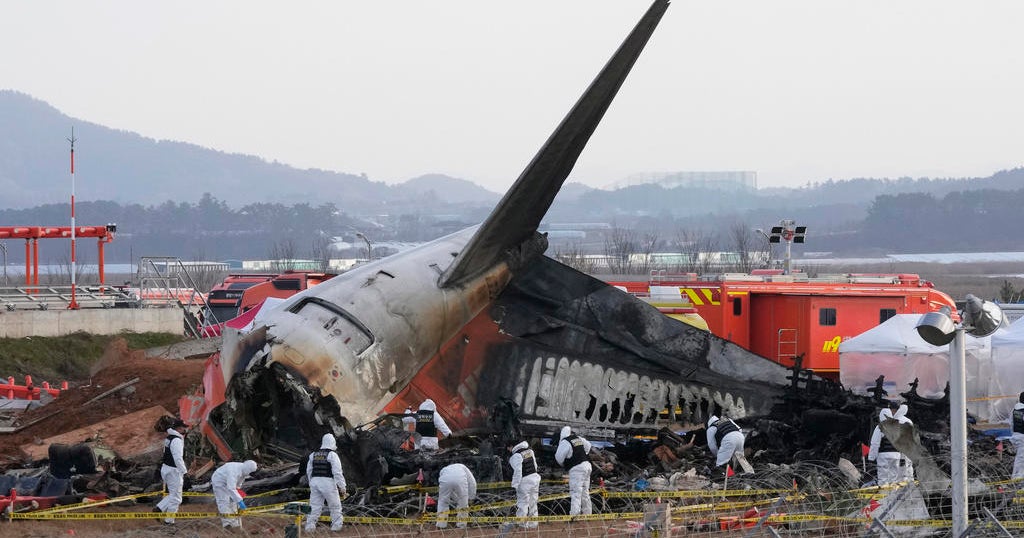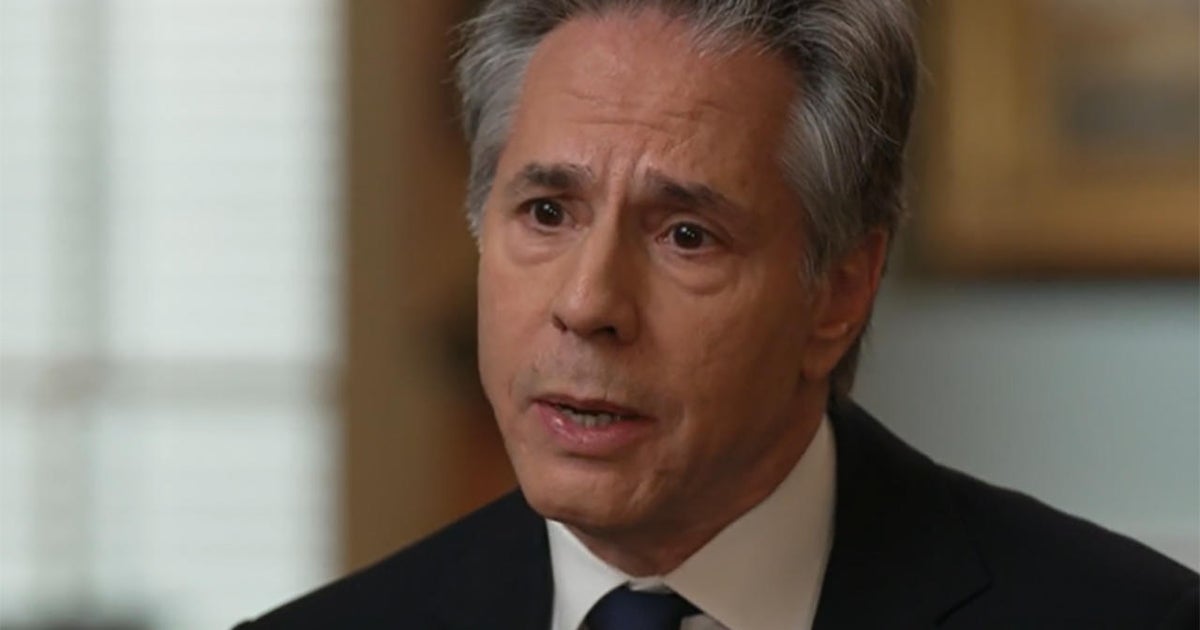U.S. flies advanced warplanes over Korean Peninsula
SEOUL, South Korea -- The U.S. military flew advanced bombers and stealth jets over the Korean Peninsula and near Japan in drills with South Korean and Japanese warplanes on Monday, three days after North Korea fired a missile over Japan.
The United States often sends powerful military aircraft in a show of force in times of heightened animosities with North Korea. The North launched its latest missile as it protested against tough new U.N. sanctions over its sixth nuclear test on Sept. 3.
- Analysis: North Korea's view of the nuclear standoff
- What non-military options does U.S. have to address N. Korea crisis?
- U.S. military options against North Korea's nuclear threat
Monday's flyovers involved two B-1Bs and four F-35Bs from the U.S. military and four F-15K fighter jets from South Korea, according to the South Korean and U.S. militaries. The U.S. and South Korean planes flew across the Korean Peninsula and practiced attacks by releasing live weapons at a firing range in South Korea, the U.S. Pacific Command said in a statement.
The U.S. warplanes also conducted formation training with Japanese fighter jets over waters near the southern island of Kyushu, according to the Pacific Command.
Since Kim Jong Un took power in North Korea in late 2011, his nation has tested weapons at a torrid pace. The country flight-tested two intercontinental ballistic missiles in July. Its nuclear test in September was its most powerful to date.
Many experts say it's only a matter of time until Kim achieves his stated objective of possessing reliable nuclear-tipped missiles capable of striking anywhere in the mainland U.S.
State media on Saturday quoted Kim as saying that North Korea's final goal "is to establish the equilibrium of real force with the U.S. and make the U.S. rulers dare not talk about military option" for the North.
Alarmed by North Korea's advancing weapons programs, many conservatives in South Korea have called for the reintroduction of U.S. tactical nuclear weapons in the South. But the liberal-leaning government of President Moon Jae-in said it has no intention of requesting that the U.S. bring back such weapons.
South Korean Defense Minister Song Young-moo told lawmakers on Monday that it is "not proper" to reintroduce U.S. nuclear weapons. He previously said the idea should be "deeply considered" by the allies, inflaming already-heated debate on the issue.
China, which the U.S. has pressed to use its influence as North Korea's most valuable trading partner to rein-in the rogue Kim regime, took a jab at the latest U.S. show of force on Monday as an unhelpful development.
"When various parties send threats through words or actions, including military threats, these have not promoted a resolution to the issue, rather they have aggravated the tensions and are not beneficial to a final resolution to the peninsula nuclear issue," Chinese Foreign Ministry spokesman Lu Kang told reporters on Monday.
With the crisis escalating in recent weeks, China and Russia have continued to call for direct dialogue between the U.S. and North Korea as the only means of easing the tension. The Trump administration has been clear that it will not engage in direct negotiations until and unless the Kim regime halts missile and nuclear tests.
U.S. Ambassador to the United Nations Nikki Haley raised the prospect of U.S. military action against North Korea over the weekend, saying if the North continues what she called "reckless" behavior, the country woudl be "destroyed."
Haley told CNN's "State of the Union" that the U.N. Security Council had all but exhausted its diplomatic options for dealing with the North. And if diplomacy fails, she said Defense Secretary Jim Mattis "will take care of it."



